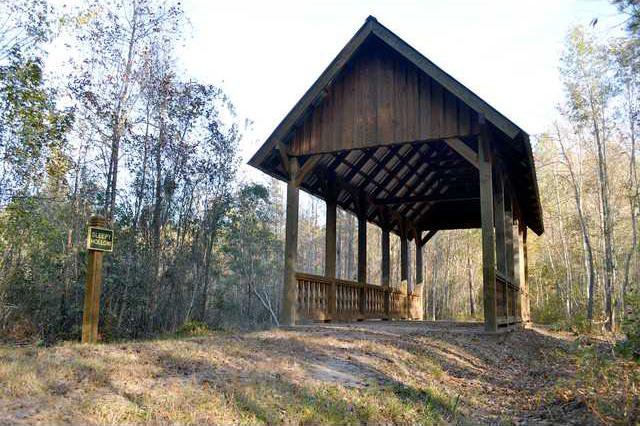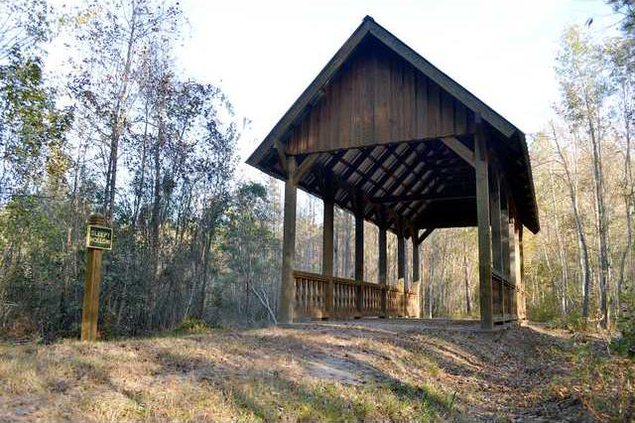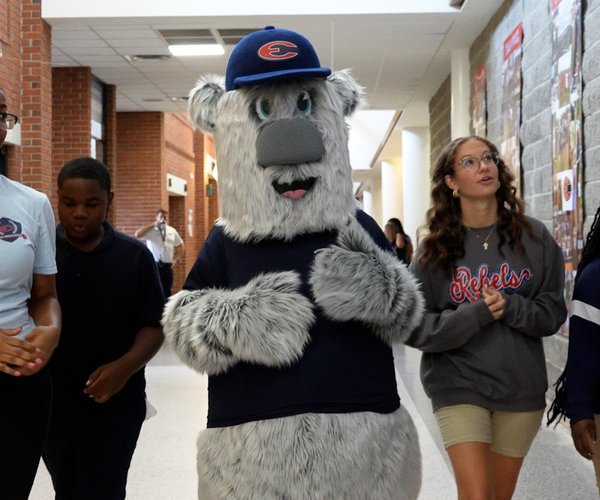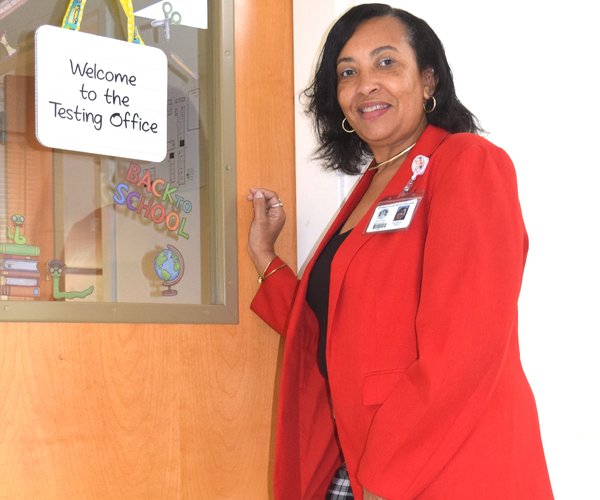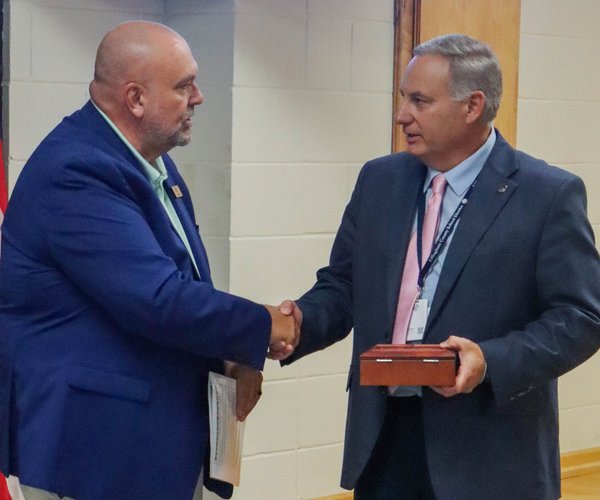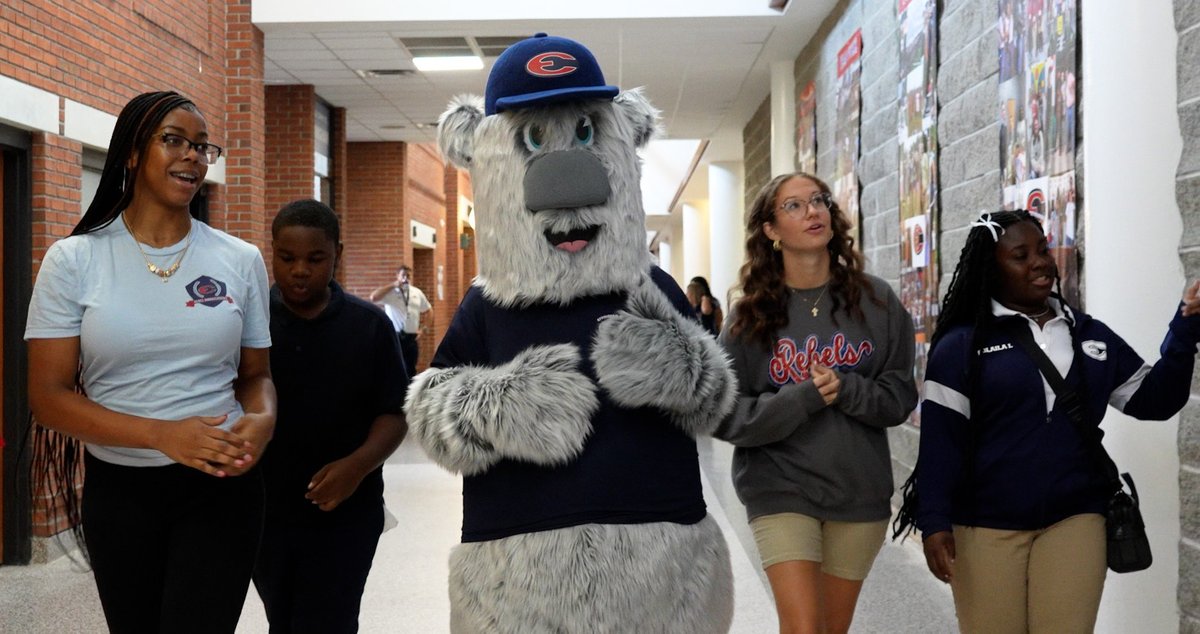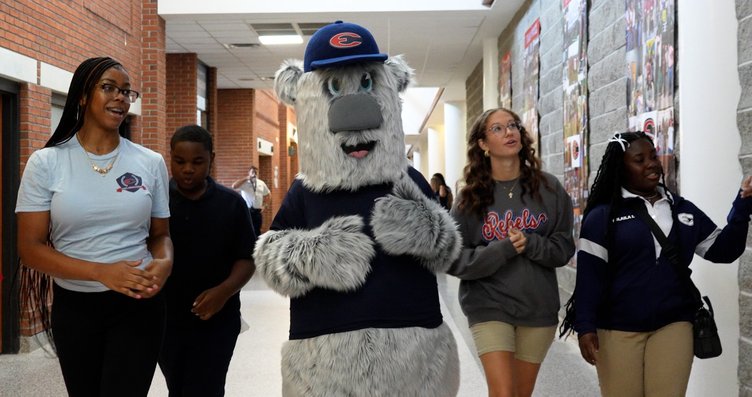In a time of budgetary woes, Effingham County Board of Education does something to look forward to.
Thanks to Barry Sheehy’s generosity and wishes to contribute to the BoE, the school system could accept one of the most significant gifts it’s ever received just in time for the holidays.
Local historian and Canadian native Sheehy, who holds dual citizenship, is giving 128 acres of his property, called Linascullen, to the school system to preserve and open for student and public use. This will be rejoined with 150 acres Sheehy gave to the county for flood control purposes around Black Creek.
“No doubt,” said Superintendent Randy Shearouse, “it was surprising that he would be willing to give this land to the school system. I immediately started thinking, ‘wow, how can we use this land for the benefit of our students?’”
The property, located off Hodgeville Road in the southern part of the county, includes three miles of wide trails, bridges, a guest cabin and a wealth of ecological diversity.
Once the Georgia Land Trust, who oversees the property’s conservation easement, approves the change in ownership, the school system will be able to coordinate uses, public and school related.
“I definitely believe that it would be a benefit to many of our programs,” Shearouse said, “and that the land would be very useful for us as school system and would certainly broaden our students’ views of the world and would give them practical experience in regards to classroom material.”
Both parties anticipate further growth and development in the county and want students to value greenspace and sustainable development.
“Although it may not happen this year or the next year,” Shearouse said, “eventually we are going to start growing rapidly again. And finding places like that where students can go and experience nature, and lots of other opportunities for our classes to experience a piece of land like that, those will be hard to find.”
“I mean, we’re only 15 minutes from the airport here,” Sheehy said. “So if you look ahead 20 years, this could be the only public greenspace in this area.”
The gift
Sheehy and his family moved to the Savannah area more than 20 years ago, after his company was bought out and he was asked to come to the South to set up a consulting arm.
“They asked me to go to California,” said Sheehy, “but I was having none of that and Atlanta was too big. And I fell in love with Savannah.”
They lived on Isle of Hope until their children were out of school, and then moved to Effingham to have room for their horses.
“We originally had 30 acres here,” Sheehy said, “and I was quite concerned about the frenzied level of development in south Effingham, which didn’t seem to me to have a lot of coherence to it.
“So I thought I’d better buy a buffer. But when I approached the people who owned the land below us here, they really only wanted to sell it all, which was a 250-acre tract — which ultimately I bought.”
They put the tract into a conservation easement to ensure that it would never be developed. But Sheehy said that he doesn’t want to be misunderstood and elevated as some great environmentalist.
“I’ve always had a natural interest in history,” said Sheehy, who will release the second book of a five part series on Savannah and the Civil War in January. “I was trained as an historian and did my graduate work as an historian and I spent 20 years as a soldier, which is a game that’s rooted in history. So that has always been a part of me. But I can’t say that, and I wouldn’t want to be seen as some ‘treehugger.’ I’m not. I just believe in balance.”
There are 270 acres in the conservation easement, with 10 acres around the Sheehy home that is not included.
They began to turn it into a park, with trails that are ditched, marked and named for neighbors and friends. And they began letting people ride horses and hike Linascullen.
“I realized we have this magnificent space,” he said. “And it’s preserved, but it’s preserved, what, for me?”
They were living in Effingham three to four months a year and were spending more time in their Nova Scotia home.
“It needs a bigger mission than Barry and Skippy to walk on,” Sheehy said of his dogs.
With the help of Richard Cooler, who oversees and helps maintain the property — or “tinker” as he calls it — Sheehy began to look for a partner.
“Sensing my own mortality,” he said, “you need an organization that is not based on one lifespan to look after something like this.
So it was the logical thing to do. It was the logical extension.”
Cooler suggested the school system, Sheehy said, because of what he’s seen as their strong leadership, and Sheehy agreed.
“One, it’s an outstanding public school system we have here,” Sheehy said, “which I think some people take that for granted. Well, it’s a superb system and it deserves our support. And it has had in the past and I think it continues to have superb leadership. And so I thought they would make great partners. I thought it was a way to make a contribution.”
For two years, they’ve been trying to finalize this deal, and Sheehy hopes to have it done before he heads back to Canada in December or while he’s back in January for the release of his second book.
“It has taken a long time,” Sheehy said. “I’ve never worked so hard to give something away. It’s just taking time. We’re right there now, and I’m hoping we’ll be able to sign before I head back up to Canada.”
The Board of Education visited the property for the first time during its 2010 board retreat, and although the system will be responsible for maintaining the property, Sheehy has offered to let them borrow his equipment for the task.
“Definitely, the benefits outweigh the costs,” said Shearouse. “The hospitality that Mr. Sheehy showed the board and their conversations with him individually, they definitely see this as a great gift and are very appreciative that he’s willing to do this for us.”
No outside motorized vehicles are allowed on the land, only bicycles and horseback riding. The property will be open to the public during coordinated times, likely weekends, when students are not using the property.
“You couldn’t have horses riding down trails when students were there,” Shearouse said. “That would need to be coordinated between the school system and then when certain areas were open to the public.”
The land
Linascullen was named for a property that once belonged to Sheehy’s ancestors.
“I named it after an old property, an old family property in Ireland, which is an old castle basically, that was seized by the English during rebellion. It’s the Linascullen castle.”
The tract stretches between two sets of railroad tracks, with its entrance off Moss Loop all the way to the Black Creek cypress groves.
The Georgia Forestry Commission and the Department of Natural Resources set up a plan to maintain the forest and wildlife on the property
“(They) did a plan for us in terms of identifying the species that were here,” Sheehy said, “what can be done to support them, and what sort of things we need to do to keep the forest healthy.”
There are also some historical markers on the site.
“It’s to do with a battle what was fought in this area Dec. 9, 1864,” Sheehy said. “And it was one battle in two parts. It was a battle above us here at Monteith and it was another battle at Kylars.”
“This area was a holding action to try to keep Sherman from gaining control of the bridges, the railroad bridges, which were the railroad connection between Savannah and Charleston. They were trying to hold him off as long as they could to keep the bridge open.”
Hence the cabin is called the “Gunner’s Mess.”
The potential
Sheehy wants students to see land differently than seeing the need to cut it down and pour on the asphalt.
“This is a very special place,” Sheehy said. “I really want kids to come here and learn. See, our first instinct, when we see land like that, unfortunately, was to get a bulldozer out and plow it under and put cement or asphalt on it.
“And sometimes that is the right thing to do. But it isn’t always the right thing to do, and I really want kids who are going to be the next generation of our leaders, our business leaders and our political leaders and social leaders, if as a result of this gift, they’re able to get a sense for just how valuable that is the way it is without asphalt on it or without some sloppy development, then I think that would be worthwhile.”
In addition to enthusing students to be active and enjoy the outdoors, Sheehy wants them to learn about and appreciate the ecological systems around them, as well as the beauty of Georgia’s forests.
“I really want them to emphasize land management, conservation, ecological programs and environmental programs,” Sheehy said. “There’s almost an unlimited number of things that could be done here.”
He suggested getting students to develop plans to take the property “off the grid” through energy efficient and sustainable technologies or observing and hyphothesizing why the deer population fluctuates so wildly from year to year.
Shearouse said he spoke with teachers and came up with a number of programs that would be able to use the land, including the Junior ROTC programs and the cross country teams training at Linascullen.
“We came up with lots of different ideas for use of the property, and we have two very strong ROTC programs,” Shearouse said. “We think about them being able to use the property for training and hiking. We think about our cross country teams being able to use the property as well. And what all of the ag classes would be able to learn from the property from controlled burning to forestry, lots of different possibilities there.”
